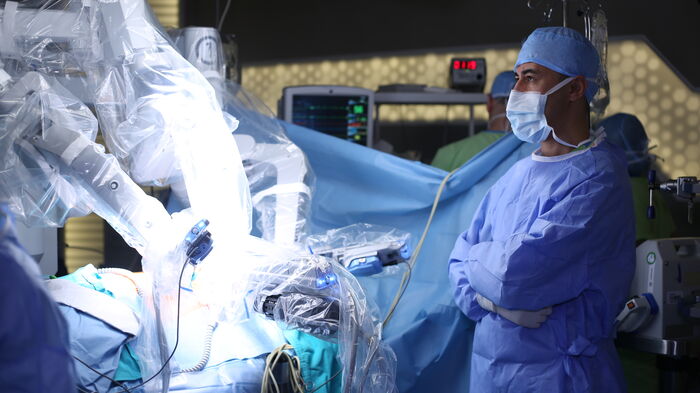From Algorithms to Anesthesia

From Algorithms to Anesthesia
When Kristian Soltesz, currently a member of faculty at the Department of Automatic Control, was a PhD student, he went to Canada to carry out a project on the automatic control of paper mills.
“When I arrived, the professor asked me if I would consider working on medical applications instead, such as the anesthesia of patients during surgery."
A strong team of engineers, doctors and research assistants at the University of British Columbia (UBC) and the British Columbia Children’s Hospital convinced Kristian Soltesz, so he applied for research money, and got it.
The aim of Kristian Soltesz’ project was to automate the control of anesthesia normally provided by the anesthesiologist. Anesthesia is currently administered to patients completely manually. The anesthesiologist assesses the anesthetic state of the patient using clinical monitoring, for example, heart rate and blood pressure, as well as patient signs, such as response to speech, eyelash reflex and breathing pattern, and adjusts the dosage accordingly. Kristian Soltesz and his colleagues wanted to create models that could be used in the development of computerized algorithms.
“Researchers at UBC had already developed sensors to measure the brain activity of patients, which is correlated to their degree of consciousness”, says Kristian Soltesz and continues:
“My task was to develop mathematical models for the administration of anesthetic drugs before and during surgery, where the drug infusion rate is continuously adjusted depending on the response of the individual patient.”.
Automatic control of anesthesia was a success
In their first study, they investigated the effect of automatic closed-loop control of anesthesia on 102 children aged 6-17 years undergoing endoscopic investigations.
“It was a success. Our system achieved and maintained an adequate degree of anesthesia in 85 percent of the patients, which shows that it is possible to control anesthesia in children using a rather simple controller and minimal intervention”, says Kristian Soltesz.
Numerous clinical studies and a multitude of publications have since proven the method to be both robust and safe, enabling the anesthesiologist to simultaneously supervise more patients. Even more importantly, drug dosage is expected to decrease, and post-operative recovery to be faster, as the patients are monitored more closely, and drug doses better adjusted.
Closed-loop-controlled anesthesia is now awaiting approval from agencies such as the US Food and Drug Administration.
“Getting research money to start this project has been invaluable to me. My PhD thesis is largely based on the research performed during the two years in Canada, and it has been decisive in my current research in organ preservation”, says Kristian Soltesz.
